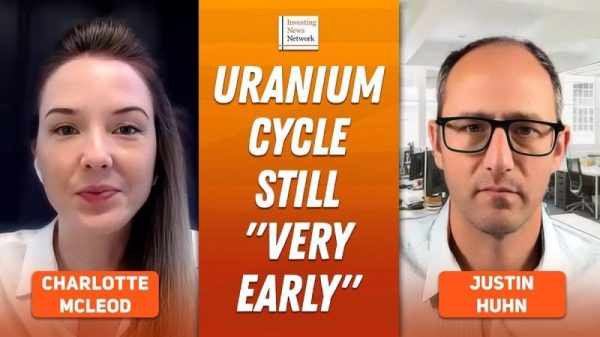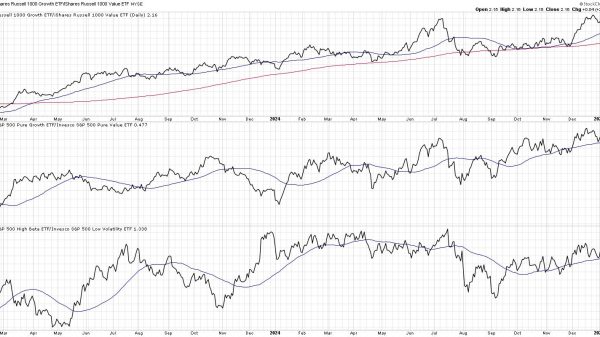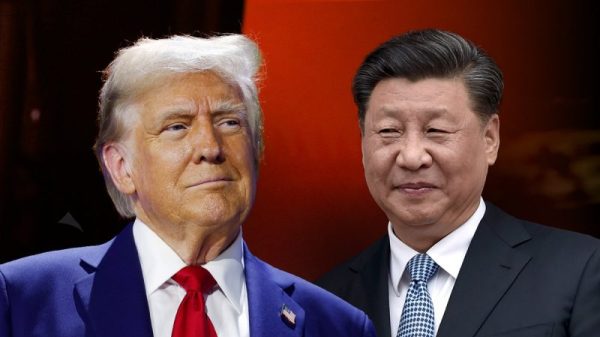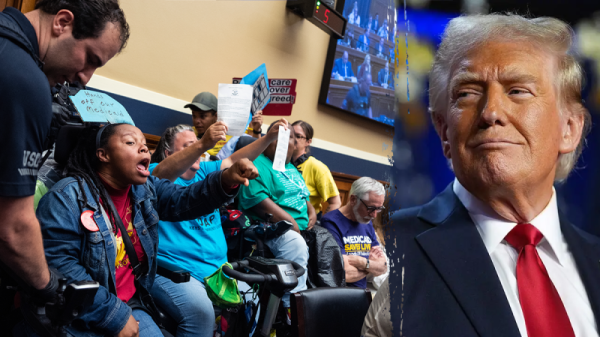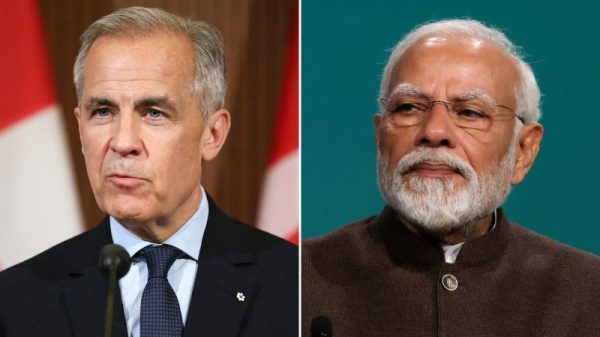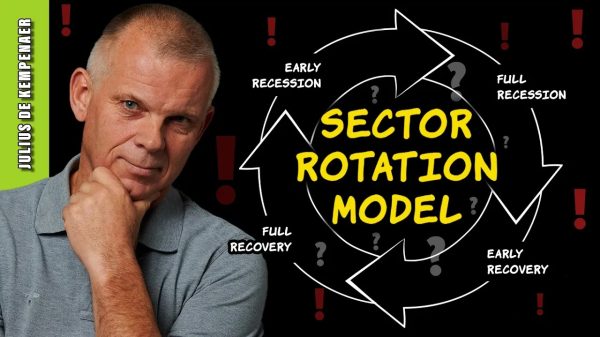As 2025 draws near, America teeters on the brink of a fiscal abyss. This impending fiscal cliff, marked by the end of tax cut provisions and a spending crisis, calls for immediate and decisive action by Congress to avert a worse economic situation than the one Americans feel today.
The national debt from excessive government spending is on track to surpass $35 trillion soon, a stark increase of nearly $10 trillion since 2020. This level of debt per citizen exceeds $100,000; per taxpayer, it is nearly $267,000.
Such figures are not just numbers but represent a looming burden that future generations will bear — a burden that transcends mere fiscal policy and ventures into the realm of ethical responsibility. The gravity of this debt is exacerbated by the interest payments it necessitates, which have soared to over $1 trillion annually, surpassing what the country spends on national defense.
This situation illustrates a troubling scenario where the government, to manage its debt, resorts to issuing more debt, a practice unsustainable by any standard measure of sound budgeting. The economic repercussions of this cycle of debt are profound, leading to higher interest rates, likely increased inflation, and a misallocation of resources that stifles productive private sector activity.
Amidst these challenges, the Tax Cuts and Jobs Act (TCJA) provisions, set to expire in 2025, play a pivotal role.
These tax cuts have been instrumental in supporting economic activity across all income brackets by reducing their tax burden. If these cuts expire, they could reverse the economic gains achieved, reducing disposable income, dampening savings and investment, and contributing to an economic downturn in an already fragile economy.
The cessation of these benefits would particularly impact families who have benefited from the near doubling of the standard deduction and enhancements to the child tax credit. Furthermore, the expiration of the $10,000 cap on state and local tax (SALT) deductions could have mixed effects; while it may benefit taxpayers in primarily blue, high-tax states, it complicates the fiscal landscape significantly.
A balanced approach would be to maintain the increased standard deduction while simplifying the tax code further by eliminating complex provisions like the SALT deduction and the child tax credit, promoting a flatter, more equitable tax system with one low tax rate for everyone. This would also support more economic growth that, combined with spending less, can quickly get our fiscal house in order.
This fiscal predicament is further complicated by President Biden’s commitment not to raise taxes on those earning less than $400,000 annually. This promise will be difficult to keep if the TCJA provisions expire without appropriate legislative adjustments, further imperiling his dwindling reelection hopes in November. This situation and recent tariff impositions that affect all income levels would represent a double blow to American taxpayers, dampening economic prospects.
As we face these fiscal upheavals, the discretionary spending caps and the debt ceiling, due to expire in 2025, add complexity to an already challenging budgetary environment. The US risks a severe budgetary crisis without thoughtful reform, particularly in the so-called “entitlement programs” like Social Security and Medicare, which consume a substantial portion of the federal budget. These areas must be addressed because both will be essentially bankrupt over the next decade, and millions of recipients will face substantial cuts in benefits.
Given all these challenges, fiscal and monetary rules are paramount.
Congress should implement a fiscal rule after cutting federal spending to at least the pre-lockdown level in 2019. Implementing rules like the Sustainable American Budget, which caps federal spending based on population growth plus inflation, could provide a sustainable path forward. This approach, supported by Americans for Tax Reform along with the economic insights of Alberto Alesina and John Taylor, advocates for austerity focused on spending restraint and economic growth rather than tax hikes, as some on the “new right” have recently advocated.
Regarding a monetary rule, the Fed should return to a single mandate of price stability, cut its bloated balance sheet to at least the pre-lockdown level in 2019, and adopt a strict rule that ideally would be on the growth of its monetary base. These steps would help reduce persistent inflation and remove the extraordinary distortions throughout asset prices and the production process because of years of quantitative easing and low interest rates.
Combining these monetary and fiscal rules would provide the necessary checks and balances to give the economy time to heal from massive government failures and help support a stronger institutional framework for economic growth and individual flourishing.
Moreover, the regulatory environment has grown increasingly burdensome under the Biden administration, with an estimated $1.6 trillion in new final rules imposed since President Biden took office through May 2024. These rules have been applied across the economy, including financial decisions based on ESG factors influencing the energy sector to increase car emission standards influencing the auto sector. But these ultimately influence producers’ and consumers’ costs of many goods and services. Removing the burden on Americans would unleash economic growth, helping with the fiscal and economic headwinds.
The bad policies out of DC have created a dire fiscal and economic situation moving into 2025. If the Trump tax cuts expire, excessive spending will continue unabated, and corrective monetary policy will not happen. Uncertainty and expectations alone will result in a hard landing in the economy, job losses, and elevated inflation. Given the last four years of declining purchasing power for millions of Americans, this result is unacceptable, and the idea of raising taxes to attempt to solve this is naive.
Instead, the US must leverage this crisis as an opportunity for sweeping reforms. By returning to principles of fiscal responsibility and market-driven activity, America can navigate away from the fiscal abyss and toward a future of economic stability and prosperity. Though fraught with challenges, this moment offers an unparalleled chance to reshape America’s fiscal landscape, ensuring a legacy of growth and stability for future generations.




